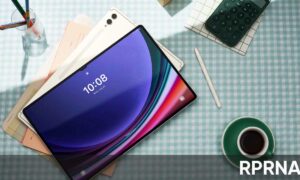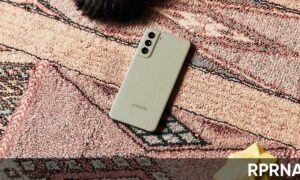Recently, DxOMark released its new research article on the causes of the flickering of popular science smartphone displays and whether it is harmful to eyesight. The report suggests that OLED screens are more prone to eye fatigue than LCDs.
According to DxOMark, the constant of the Flickr screen indicates that it is on and off and the iris of the human eye expands and contracts according to brightness changes. This automatic physiological response explains why our eyes get tired of looking at the screen for so long because the eyes always work with high intensity.
Join us on Telegram
However, the light source power supply method of OLED and LCD screens determines whether these two technologies have a flickering effect. In general, the flickering effect of OLED panels is greater than that of LCD displays.

DxOMark reports that OLED screens have a PWM (Pulse Width Modulation) frequency range of 50 to 500Hz, and LCDs have a frequency of more than 1000Hz, although the human eye is only sensitive to flicker at 250Hz, so OLED displays are more likely to have a similar LC.
In addition, DxOMark also revealed the refresh rate and PWM frequency test results of smartphones from different brands. Among them, the Samsung Galaxy S20 Ultra 5G, which supports a 60Hz refresh rate OLED panel, has a PWM frequency of less than 241 Hz, which makes it very easy to get tired with the eyes.

On the other hand, the Xiaomi Mi10T Pro mobile phone with a 144Hz refresh rate LCD panel has a PWM frequency of up to 2360 Hz, which is much higher than the sensitivity that the human eye can play. If you want to read the full research, you can see it by clicking here.














